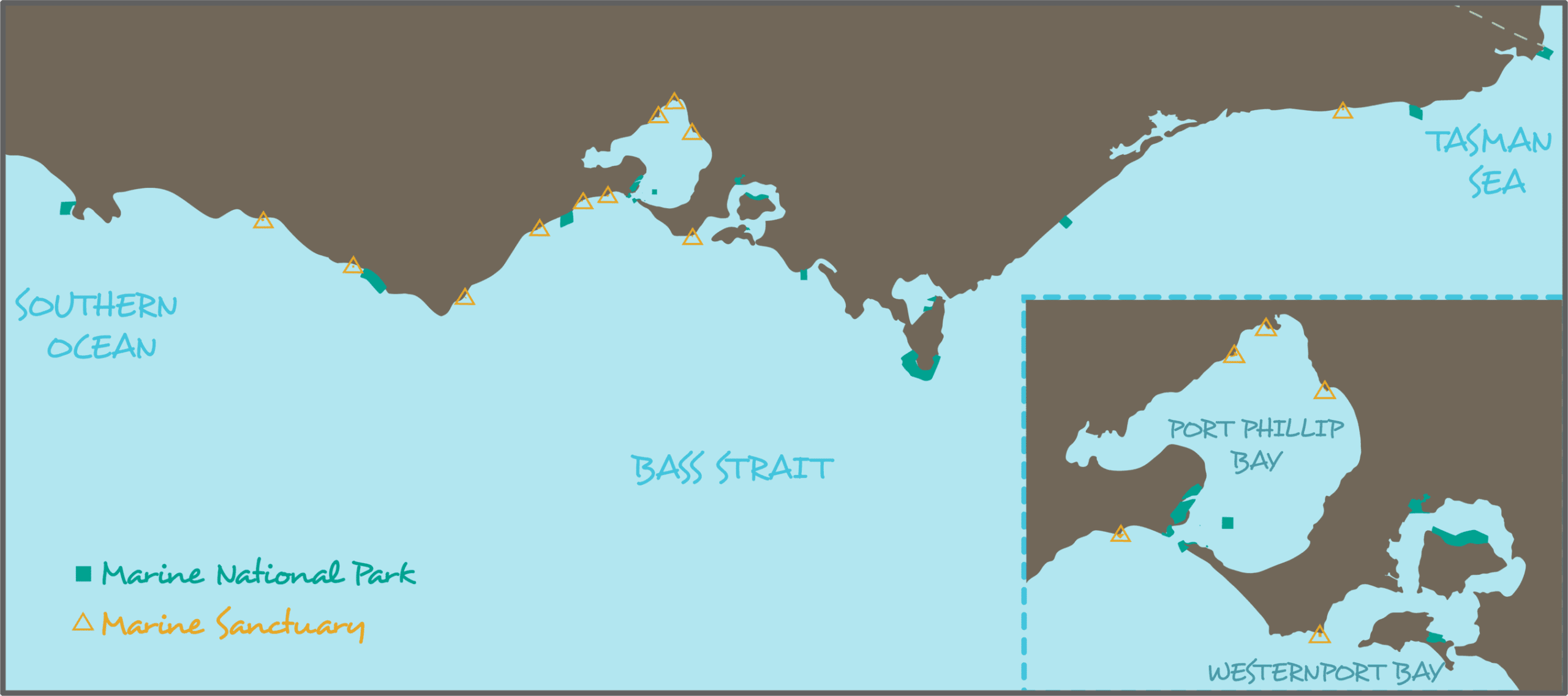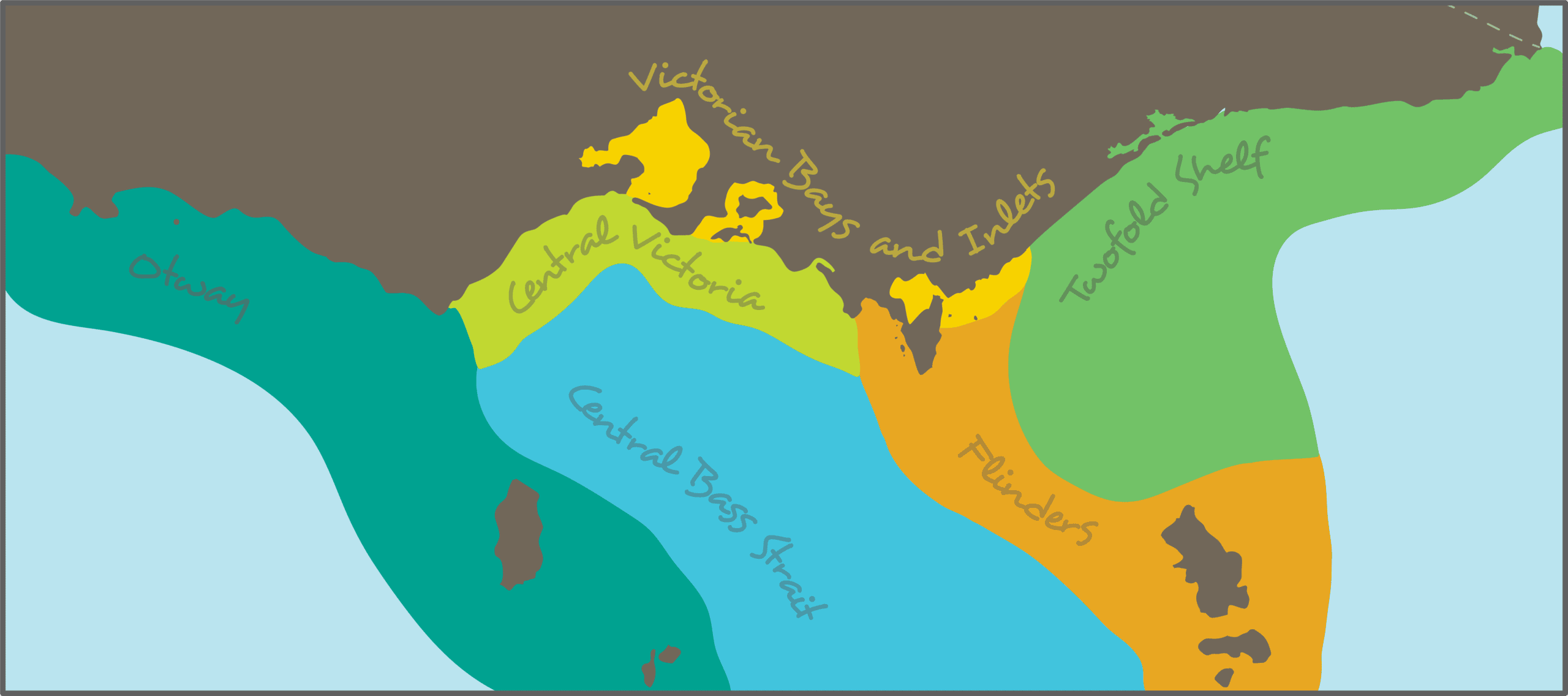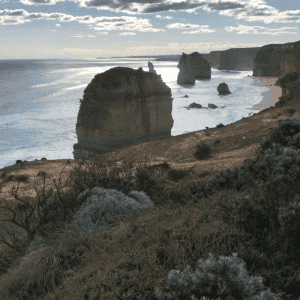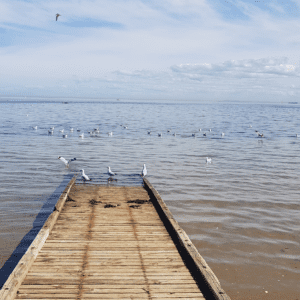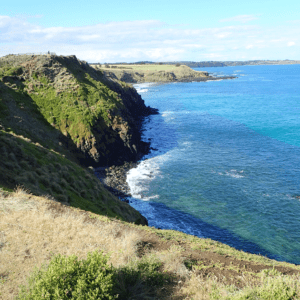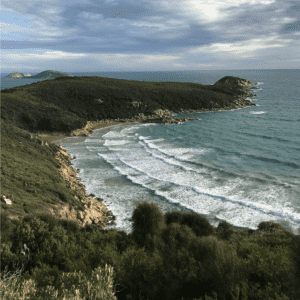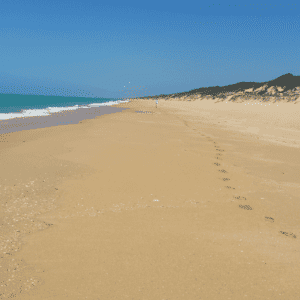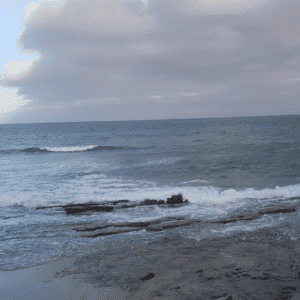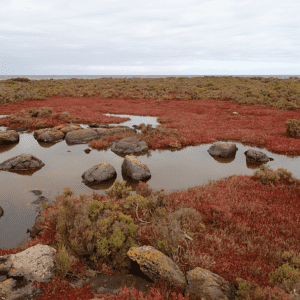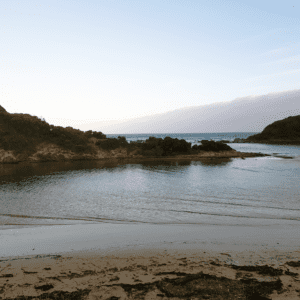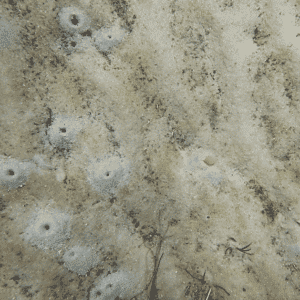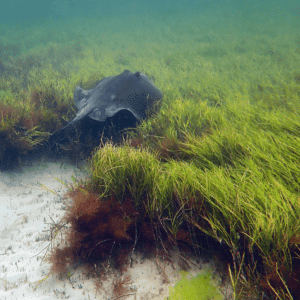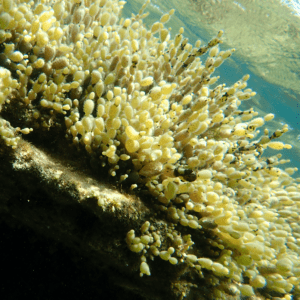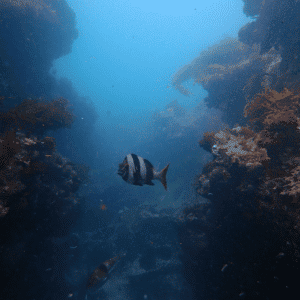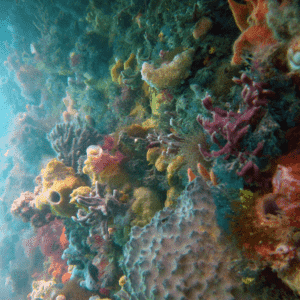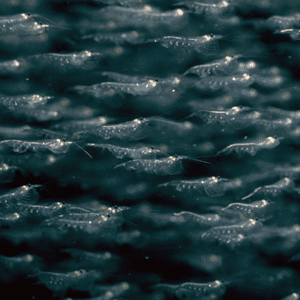Our world beneath the waves
Over 85 per cent of the marine plants and animals that live in the waters of southern Australia are found nowhere else on Earth.
Within this unique marine region are the coastal waters of Victoria where seaweed forests, sponge ‘gardens’, seagrass meadows and sandy plains are home to more than 12,000 different types of plants and animals. This fantastic diversity is protected in 13 Marine National Parks (MNP) and 11 smaller Marine Sanctuaries (MS) where all marine life is fully protected. They cover 5.3 per cent of Victoria’s coastal waters.

